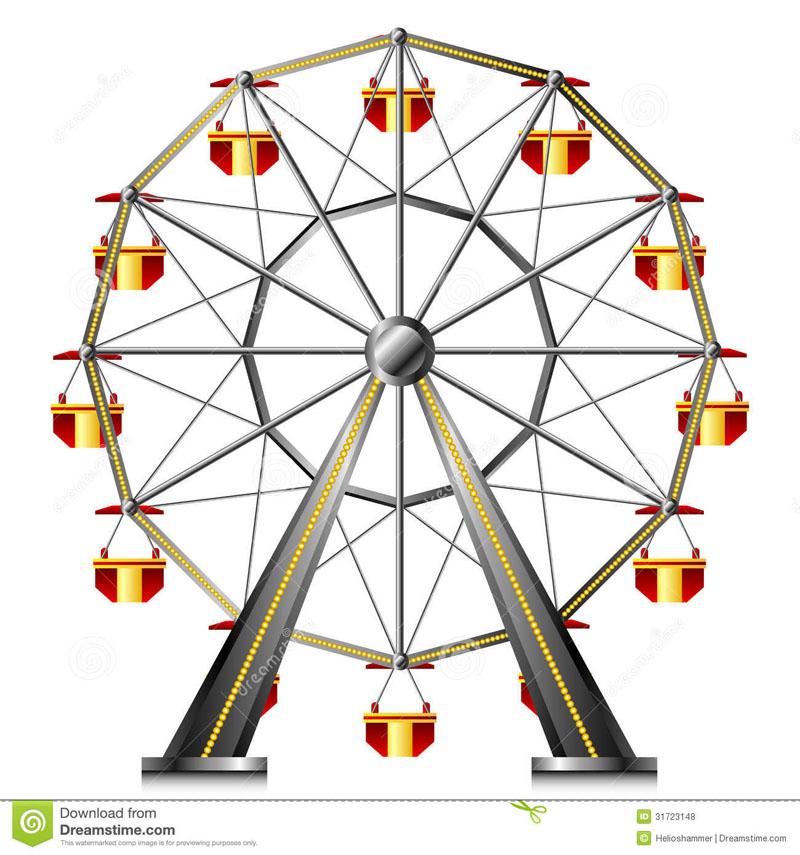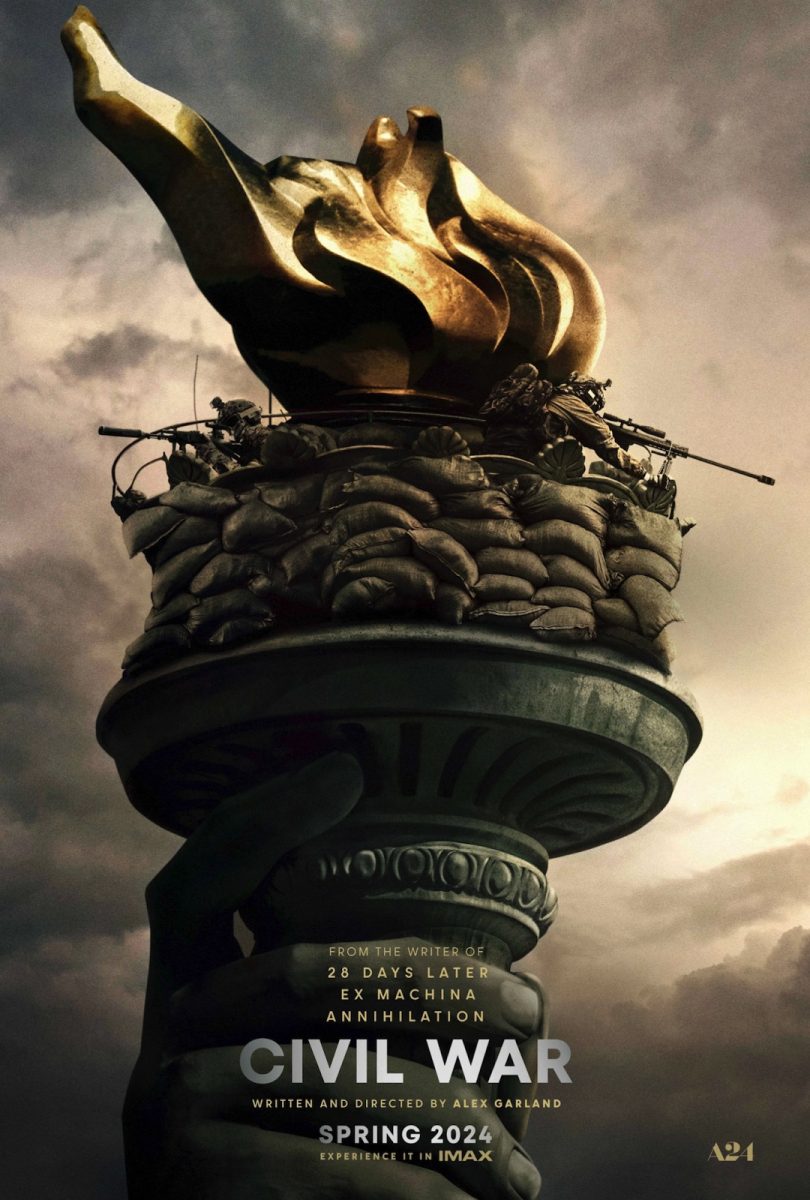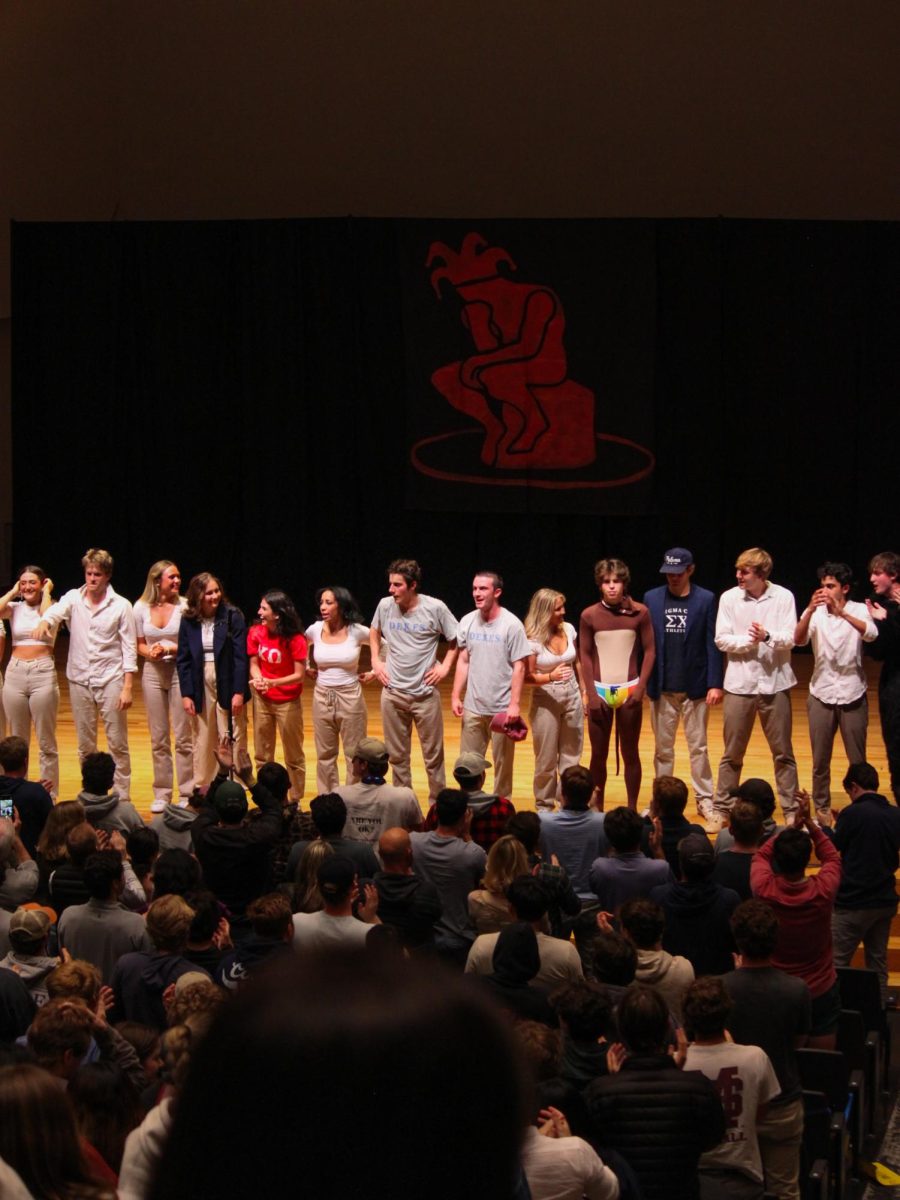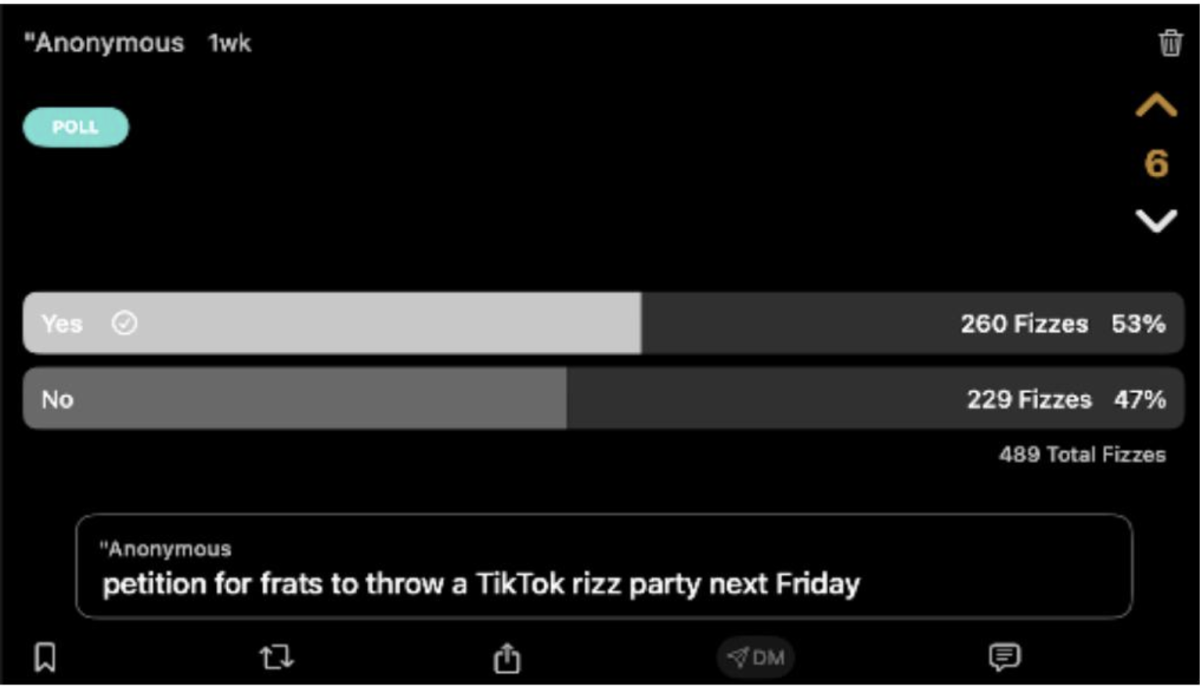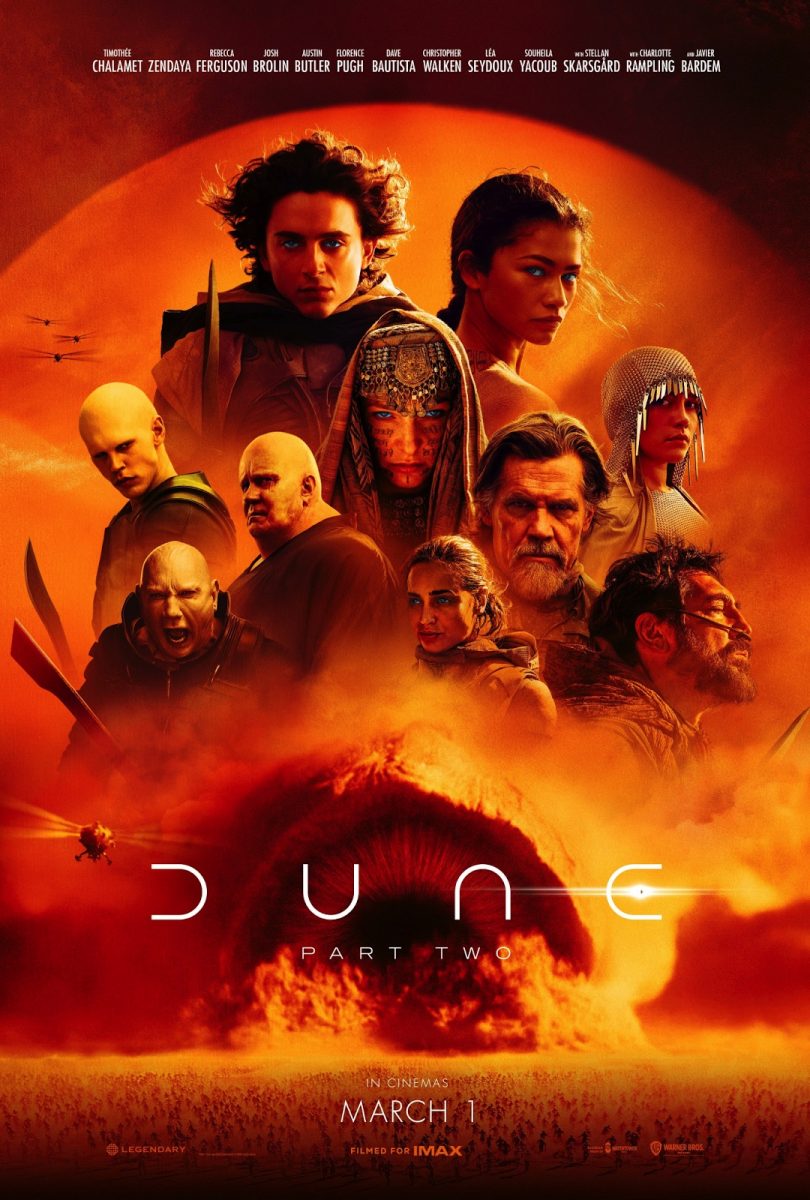What do you get at the intersection of autumn, fried food and farm animals? The Dixie Classic Fair.
To some, the immense scale of the fair would be unimaginable in their hometowns. A school parking lot was the usual location for the spring fair in my hometown, so seeing the permanent fair grounds right next to the Joel took me by surprise my first go-around. Of course, the same staples are present at most fairs: food, fun and rides. Admittedly, we didn’t even have farm animals at my town fair, but I’m made to believe they’re pretty common outside of my small bubble.
The first thing that assaults your senses when you walk through the entrance arches is the food.
It is inescapable.
Each booth, tent and truck competes for your attention. Blue tents with pennants advertise gyros, while the delicious smell of Jamaican Jerky wafts from a bright yellow tent.
Traditional foods are present as well: the classic candy apple and elephant ear fried dough can be bought anywhere on the premises.
For the more adventurous eater, there are foods such as alligator kabobs. The next best thing to eating food is looking at all the strange, greasy creations that only a fair can produce. Fried Oreos, enormous turkey legs and donut burgers were all devoured by the most dedicated fair-goers.
Besides being delicious, the food is also easy on the wallet, so it’s great for a student’s budget. Even after two visits to the fair, there is so much more to be explored.
Like any fair, the rides are pretty standard. There’s the classic Ferris wheel, a carousel and a maze of rides designed to whip you around.
If you have never experienced the Ferris wheel at the Dixie Classic Fair, I recommend it. At the top of the wheel, you can see all of Winston-Salem.
Downtown, Wait Chapel and the Pepsi building are easily viewed from the top. Further back, Pilot Mountain peers out from behind the chapel. The rest of the rides are average, but that doesn’t mean that they aren’t fun!
There are plenty of opportunities to be flipped upside-down, dropped or spun around. Unfortunately, going on the rides is more expensive, since each ride requires around 10 tickets.
The games line the path to the rides, tempting onlookers with prizes. People gazed at enormous plush animals hung from the ceilings or at the ever-coveted goldfish in a bag. This year’s featured prizes included minions and blow-up princesses. The stuffed unicorn from Despicable Me also took the fair by storm.
One free attraction that caught my eye was the animal show. Llamas, camels and tigers were on display out front to entice viewers. Nowadays, people quickly think of animal cruelty and Blackfish when they see shows like these.
The trainer, perhaps in response to people’s concerns, informed the audience that the tigers were rescued from facilities that could not take care of them any longer and elaborated on the crisis facing the species.
As he was speaking, the tigers got up paced back and forth in their respective compartments. It was somewhat humbling to think that a dainty-looking (but hopefully sturdy) cage was all that separated us from these huge animals. When they performed their tricks with the trainer in the enclosure, I felt even more on edge.
Sometimes the tigers did not perform the desired behavior, or sometimes they pawed at each other, causing the trainer to scold the cat. Watching him reward the tigers was no less nerve-wracking.
By the end of the act, the audience was left with delight from seeing the animals, but also an interesting conundrum.
The cats were hopefully being treated well, but there was really no way of knowing what life was really like for the tigers. At the very least, the animal performances provided a thought-provoking experience about animal treatment and education.
The less exotic animals were just as interesting. Cows, goats, sheep and other farm animals were kept in large pavilions. Wandering through the pavilions, I saw animals organized by farm for judging.
Cattle looked sleek and shiny, goats excitedly tried to see who had brought food for them. Children milled around, gaping at the sight. The families of the farmers were camped out in lawn chairs, talking or playing games on smartphones.
Undoubtedly, it was a long day for them, but they showed quite a bit of pride and dedication by being there.
These great farmers raise animals to produce the milk we drink or the meat we consume, while we, the fair-goers, support them.

